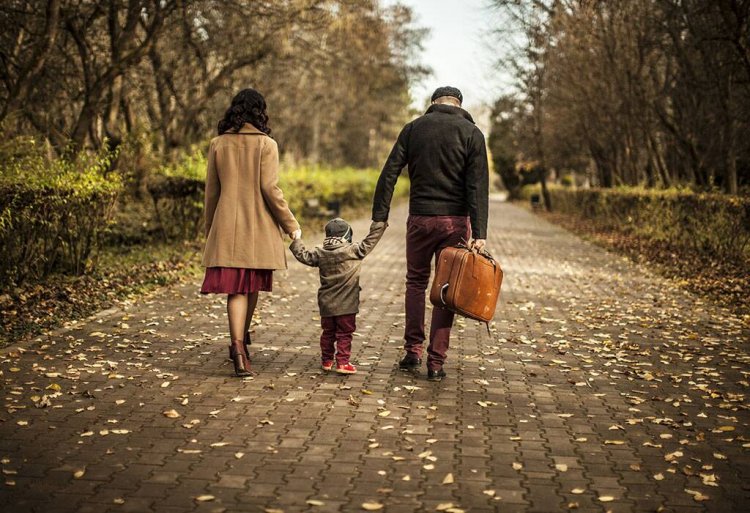Foster Care and Adoption System in India

Foster Care is a non-institutional child care alternative whereby the child lives with an extended or unrelated family for temporary care. This caters to children whose biological parents are unable to care for them for variegated reasons or who is separated from his/her family.
It aids and promotes the environment, which is conducive to the personal growth and development of the child. Unlike adoption, it is temporary and does not terminate the biological parent's right to care for or control the assets of their children.
Similarly, guardianship as opposed to foster is permanent although it does not terminate the legal ties with biological parents. The concept of child's right to family care is rooted in international conventions like Convention on the Rights of the Child, 1989 (CRC), the UN Guidelines for Alternative Care 2009, the Indian Constitution, legislative enactments and the jurisprudence of the Indian Supreme Court on child rights. The manifest shift in the child care jurisprudence towards de-institutionalization of child care calls for a robust legal framework pertaining to foster care in India.
The History
In India, the history of foster care can be traced back to 1960, when the same was first initiated by the Central Government. The first non-institutional scheme was introduced in Maharashtra in 1972. The scheme was later revised in 2005 as the Bal Sangopal Scheme, Non-Institutional Services. In the late 1990's Karnataka implemented a foster care scheme committed to destitute children. Moreover, the emergency schemes were operational in Gujarat, after the 2001 earthquake where around 350 children were rehabilitated with their relatives and neighbours in the community.
The Juvenile Justice (Care and Protection of Children) Act, 2015 and Integrated Child Protection Scheme, 2009 (ICPS) presently incorporate the provisions for foster care.
The Government of India has issued revised guidelines for adoption of children in August 2015. While one of the stated goals for the new guidelines is to expand the adoption base, the same is yet to be realized. As of March 2016, only 1600 odd children are available for adoption while more than 7700 prospective parents have applied for adoption through Central Adoption Resource Authority (CARA).
CARA is the designated nodal agency to co-ordinate the entire adoption process. CARA is also the designated Central Authority to deal with inter-country adoptions in accordance with the provisions of the Hague Convention on Inter-country Adoption, 1993, ratified by Government of India in 2003.
The new guidelines lay down the clear eligibility criteria for Prospective Adoptive Parents (PAP). The eligibility criteria include-
- They should be physically, mentally and emotionally stable; financially capable; motivated to adopt a child; and should not have any life threatening medical condition.
- Any prospective adoptive parent, irrespective of his marital status and whether or not he has his own biological son or daughter, can adopt a child.
- Single female is eligible to adopt a child of any gender.
- Single male person shall not be eligible to adopt a girl child.
- In case of a couple, the consent of both spouses shall be required.
- No child shall be given in adoption to a couple unless they have at least two years of stable marital relationship.
- The age of prospective adoptive parents as on the date of registration shall be counted for deciding the eligibility and the eligibility of prospective adoptive parents to apply for children of different age groups.
- The minimum age difference between the child and either of the prospective adoptive parents should not be less than twenty five years.
- Couples with more than four children shall not be considered for adoption.
The new guidelines simplify the entire process of adoption and bring in greater transparency and clarity in the process. The following is broadly the process followed;
- Parents register online on CARINGS (Child Adoption Resource Information and Guidance System) and select the preferred Adoption Agency for HSR (Home Study Report) and State.
- Required documents have to be uploaded within 30 days of registration.
- Specialized Adoption Agency (SAA) conducts Home Study Report (HSR) of the PAPs and uploads it on CARINGS within 30 days from the date of submission of required documents on CARINGS.
- Suitability of PAPs is determined (if not found suitable, PAPs informed with reasons for rejection).
- PAPs reserve one child, as per their preference from up to 6 children.
- PAPs visit the adoption agency within 15 days from the date of reservation and finalize.
- If the child is not finalized within stipulated time, the PAPs come down in the seniority list.
On acceptance of the child by the PAPs, SAA completes the referral and adoption process (on CARINGS). PAPs take the child in pre-adoption foster care and SAA files petition in the court and the adoption Court order is issued.
Post-adoption follow-up report is conducted for a period of two years.
The need of family-based care is recognized in a plethora of legal framework. CRC particularly recognizes child right to alternative family care under Article 20 and 21.
Art 18(2) mandates the State to assist parents and legal guardian in-order to ensure the welfare of the child and development of child care institutions.
Internationally, by means of Article 4 and Article 5 of the UN Guidelines for Alternative Care 2009, the children enjoy the right to protective environment and the State is obligated to provide alternative family care to children who are denied the nurturing environment. The Indian Constitution unequivocally protects the right of the child.
Art. 15(3) mandates the State to make special provision for children whenever necessary. The scope of other fundamental rights enshrined under Art 14, 19 and 21 are enlarged to protect the best interest of a child. Art. 39 (e) and (f) of the Directive Principles of State Policy directs the State to frame policies in-order to ensure that children are not abused.
Most children are available for adoption in Maharashtra (350) followed by 132 in Telangana. More than 100 children are available for adoption in only two other states of Andhra Pradesh and Odisha. Most PAPs are registered in Maharashtra (1088) followed by 769 in West Bengal. More than 500 PAPs are registered in only three other states of Telangana, Tamil Nadu and Karnataka.
Whether this institutional, neat and strategized adoption process will expand the foster care or yes heads to adoptions can only be overviewed in the coming years.















































